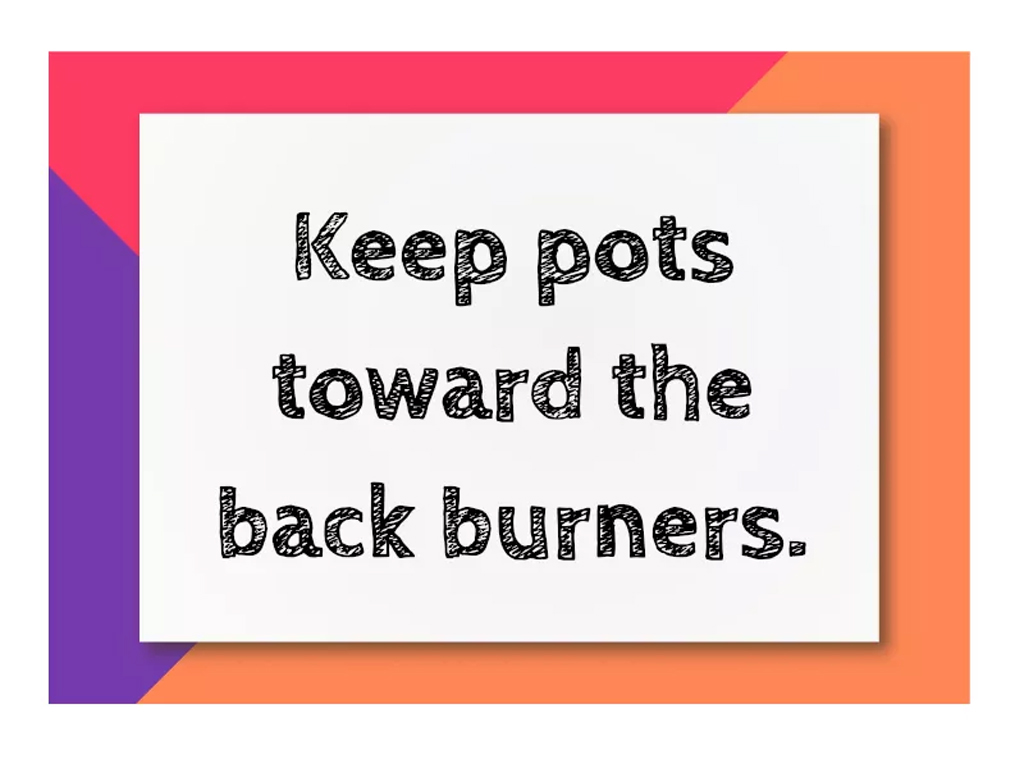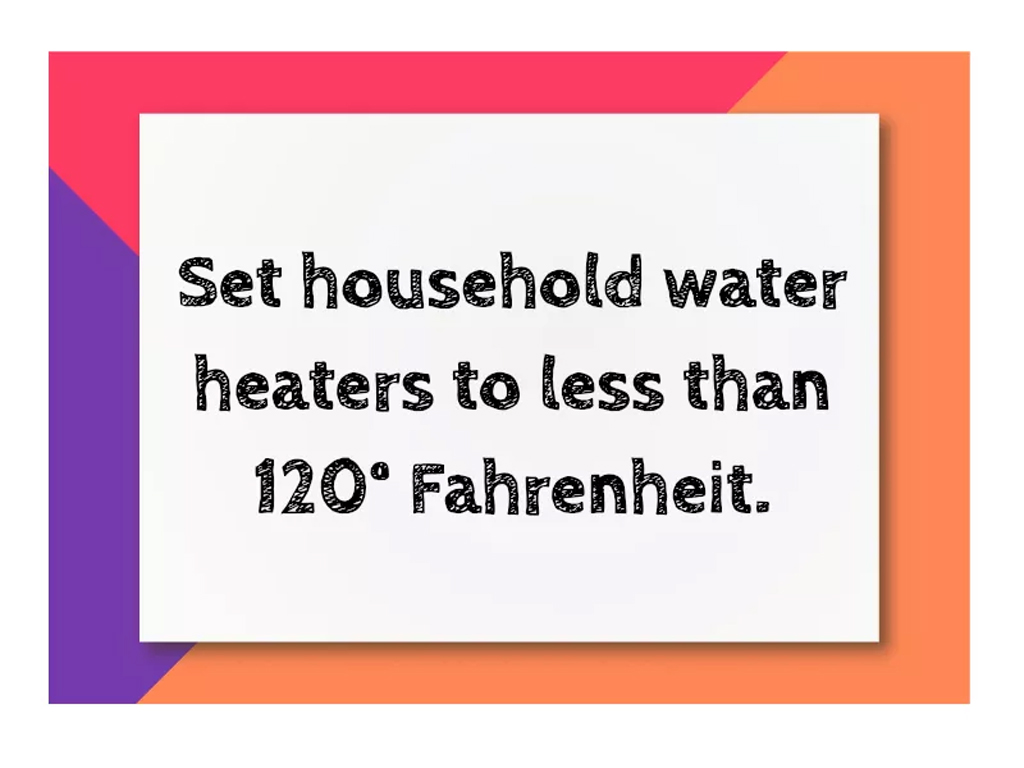![[feature] Everything You Should Learn About Burns](https://blogger.googleusercontent.com/img/b/R29vZ2xl/AVvXsEgDVgKZ0gQ4iZ3t0zU7HEvuA7NIcHJ9Vq88J_LQjz0PO6NMhX4SQ6uOgPTmcT1kMS7vjyteFMb6mFlW3hs5dP9Ib5XwA5kAY1d8SnI27SHf0j4wOdnRdy95MF_zqC72O9h0OA8tPSSPexbB/s16000/autos.dearjulius.com.jpg) |
| © One Shot / Pexels |
By C. Pierson , FamilyMinded
Seasoned doctors, parents and teachers will tell you that accidents can happen in mere seconds, and they can happen to anyone. When my 17-month-old daughter reached up and pulled a cup of steaming hot tea all over the left side of her face, I realized just how unprepared I was for this kind of emergency — and my husband is a surgeon!
It was immediately clear that this was serious, and I only had a basic idea of what to do: Run cold water over her and get her to an emergency room. It turned out that she had second-degree burns on the left side of her face and her left arm. In order to avoid this situation in the future (and help other parents in the process), I did some research about simple safety tips to try and avoid burns, as well as how to prepare for them.
Dr. Samar Rachid, DO, family medicine physician at Scripps in San Diego and author of the blog, "Wellness Preserved," weighed in, offering important safety tips for you and your family to review in order to avoid and prepare for a burn emergency.
Keep Kids Out of the Kitchen as Much as Possible

Keep little ones away from the kitchen by installing safety gates.
Keep Hot Liquids and Other Flammables Out of Arm’s Reach

Test Bathwater and Never Leave Children Unsupervised in the Bathroom

While testing and supervision can help avoid any issues, it’s also important to remember to set household water heaters to less than 120° Fahrenheit (or 48.9° Celsius).
Keep Matches, Firecrackers and Gasoline Out of Reach

(The same goes for guns.)
Know the Types of Burns and the Care They Require

While it is helpful to have a basic understanding of what the different burns look like, seek medical attention immediately to prevent deformity and/or disability if you’re worried the burn may go beyond a first-degree burn.
First-Degree Burns (Superficial)

They are painful and can turn red and even have swelling, but these types of burns do not blister.
Second-Degree Burns (Partial Thickness)

Second-degree burns are burns that are at least 5- to 7-centimeters wide; however, if they are on the hands, face, feet, genitals, buttocks or are over a major joint area, they can be smaller and can be more serious, requiring victims to seek out medical attention immediately.
Third-Degree Burns (Full Thickness)

The burn area may look white or charred, and victims should be rushed to the nearest emergency room.
Fourth-Degree Burns

If you suspect that the burn is a fourth-degree burn, you should rush the victim to the nearest emergency room for immediate medical attention.
Electrical Burns

If you see that someone has been injured by a domestic electricity supply (i.e., 220 to 240 volts), switch off the power or move the person away from the electrical source with something that won’t conduct electricity, such as a wooden broom or spatula.
Stop the Burning Process

Start with simply knowing how to stop the burning process. This often requires you to remove the person from the burning area and throw water or a wool blanket on the victim to put the flames out.
Remove Items Near the Burn Area

However, don’t remove any clothing that is stuck to the burnt skin because you could end up taking off the skin, which would make the injury even worse. If you are worried you may further injure the victim, let a medical professional handle this.
Cool the Burn Area

Burn packs also may not be appropriate depending on the severity of the burn, for example, if the burn has broken the skin.
Get Medical Help Right Away

Treating First-Degree (Superficial) Burns

Second-degree burns (partial-thickness) might be treated with topical silver sulfadiazine, but make sure to see a doctor if the burn is larger than 5 to 7 centimeters or is on one of the aforementioned sensitive areas of the body.
Follow Up With a Doctor

You may have a family member or friend who swears by putting sour cream or butter on a burn, but if it goes beyond a first-degree burn, please leave the treatment to a medical professional.
See more at FamilyMinded
























